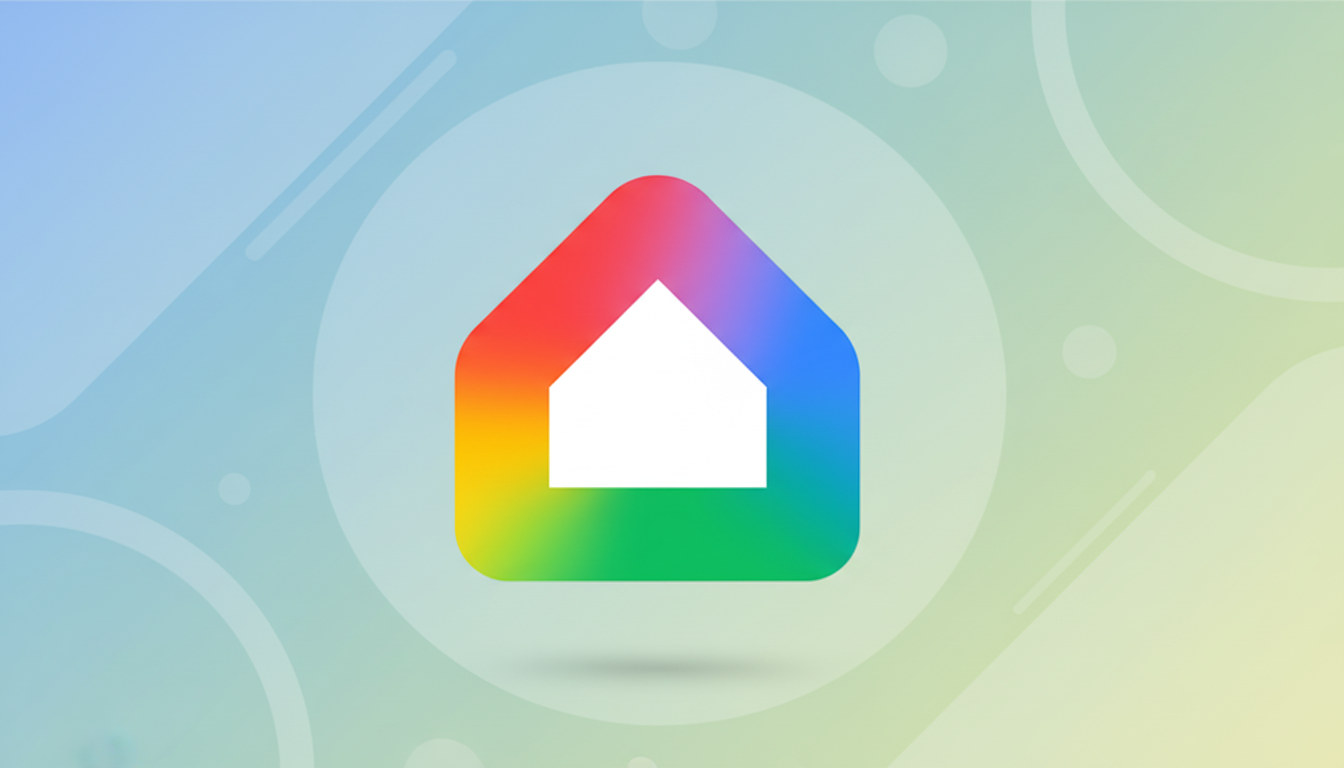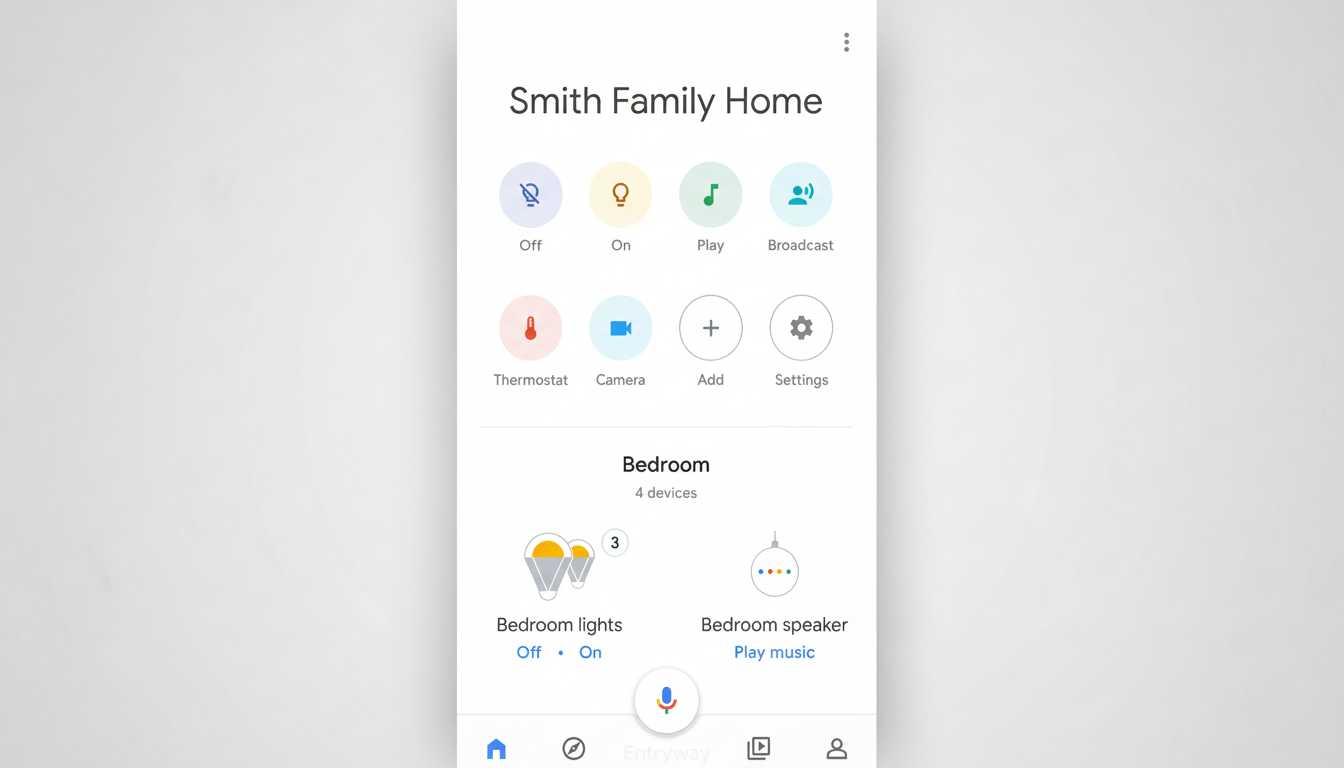Google is rolling out version 4.2 of the Home app, a refining update that targets Android crashes, cleans up the camera experience on all platforms, and conclusively upgrades the Nest x Yale Lock. It’s a cleanup release aimed at smoothing rough spots from a major redesign, with changes that any intelligent homeowner should notice right away.
Android reliability improves with targeted crash fixes
Stability is high on the agenda on Android. A Google support note says this build targets two independent categories of Android-related crashes. Google did not disclose the details of the causes. What’s notable is the reliability factor, as the Home app is critical for interior camera access and management, lighting, and thermostat control. The fewer the crashes, the fewer the missed notifications, and the fewer the visits to the light switch when a setting doesn’t work.

App crashes are irritating, but they are more than a hassle in an intelligent home. Several industry studies show that an average of one out of three crashes drives people to uninstall or cease usage of the app. Home, the smart home control hub, crashes or broken visits can swiftly become a hassle, from a quick failed status update on a door lock to failed camera playback at the most ill-timed time. Camera history is more polished and less cluttered.
Camera history and viewer get smoother, cleaner playback
Owners of Nest cameras should immediately notice improvements. iOS users will have a smoother camera history timeline; they will see recordings play back at a higher frame rate and load faster than ever—especially when scrubbing through recorded clips to find that exact moment the package arrived or motion was caught on camera.
Everyone’s camera viewer will also be cleaner; most on-screen controls now disappear until you tap the player, greatly reducing visual clutter while keeping everything you need quick access to. Suffice it to say that these UX tweaks mean a lot when you’re watching Nest cameras for hours each day, frequently bouncing between clips and multiple live feeds.
In practice, decluttering the viewer means fewer accidental taps and an easier time keeping up with the context of what you’re looking at—fitting with broader design trends that prioritize content first, controls on demand. The same is valid for a user; however, they probably won’t care. They might even feel relieved they can forget about it.
Nest x Yale Lock gains tools, fixes, and better controls
The update brings a slew of quality-of-life features to Nest x Yale Lock users, such as new battery readouts, lock history, and notifications to help you keep an eye on who’s coming and going. Android Nesters can now create and edit passcodes right in the app, simplifying setup by a click or two and making household management just a bit less complex.
There were also minor irritation fixes most users likely never registered in the first place, like a flicker that happened to the controller on the lock screen when a jam occurred. However, Google’s shut down the lock during an attempt to update. The Cancel button had been randomly stubborn during Android setup. It didn’t change, but you won’t notice it now.

Public Preview on iOS refines light tiles and grouping
For iOS users in the Public Preview program, light tiles can now display more accurately how many lights you are turning on together. It is a small but meaningful correction to avoid accidental all-on or all-off in busy rooms or zones. State and grouping accuracy is critical for predictable automations, and you need that to be solid when you exceed a few bulbs.
Smart homes are getting crowded. As Deloitte’s Connectivity and Mobile Trends research shows, the average household has well over twenty connected devices, and any app controlling them has to keep pace. A camera history that smooths out to the second and a more robust Android client isn’t a feature, but it’s the entire structure that keeps our routines in check.
The time it takes to load a camera’s history when you get motion while on cellular data, for example, is time you cannot keep an eye on that notification. With the viewer hiding controls until they’re needed, the time to get your eyes on that is likewise shorter. Your time to act on a lock history or an action notification on the door also shrinks, reducing friction on both comfort and security.
Version 4.2 rollout timing and what users can expect
The 4.2 release is rolling out in stages on the Google Play Store and Apple’s App Store. If you don’t see it yet, check back over the next few days and remember to restart the app after updating.
Specifically, you can expect:
- Smoother camera scrolling on iOS
- A cleaner camera viewer across platforms
- New Nest x Yale Lock tools and fixes
- Notably fewer crash interruptions on Android
It’s a measured release, but the focus feels right: reduce friction, fix reliability, and refine the experiences people touch most. If Google can sustain a cadence around these types of targeted improvements, the Home app’s post-overhaul era looks more likely to settle into the stability smart homes have been asking for.

